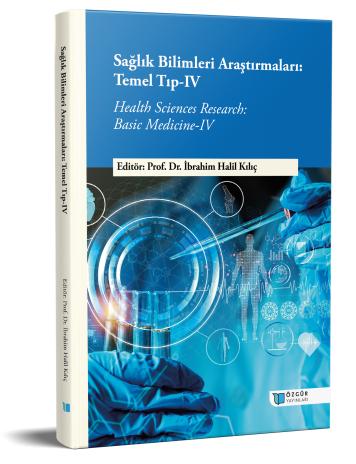
Methicillin Resistant Staphylococcus aureus (MRSA)
Chapter from the book:
Kılıç,
İ.
H.
(ed.)
2023.
Health Sciences Research: Basic Medicine- IV.
Synopsis
S.aureus are Gram-positive, immobile, coagulase-positive cocci with a diameter of 0.5-1.5 µm, usually characterised by a grape cluster appearance. Although it can be found commensally in the microbiota of the human body, S.aureus is an opportunistic and versatile pathogen that can cause a variety of diseases ranging from acute and devastating diseases to chronic and difficult-to-treat infections. S.aureus colonises the nasopharynx of many individuals, but this colonisation can be the source of infections that vary from person to person. It increases its pathogenicity by synthesising enzymes such as deoxyribonuclease, hyaluronidase, coagulase and lipase. It has virulence factors such as exotoxins that allow it to survive while manipulating the immune system of the host it infects. After the development of resistance to penicillins, methicillin-resistant S.aureus (MRSA) strains emerged and started to spread rapidly by developing resistance to methicillin, a semi-synthetic antibiotic. MRSA isolates can be hospital-acquired (HA-MRSA) or community-acquired (CA-MRSA) and continue to develop resistance to many antibiotics. Conventional methods such as catalase, coagulase and culture and molecular methods such as pulsed-field gel electrophoresis (PFGE), random amplified polymorphic DNA (RAPD), multilocus sequence typing (MLST) and Real Time PCR are used to identify MRSA. Understanding the evolution, molecular characterisation and epidemiology of MRSA will be instructive to eliminate the possibility of an outbreak.

